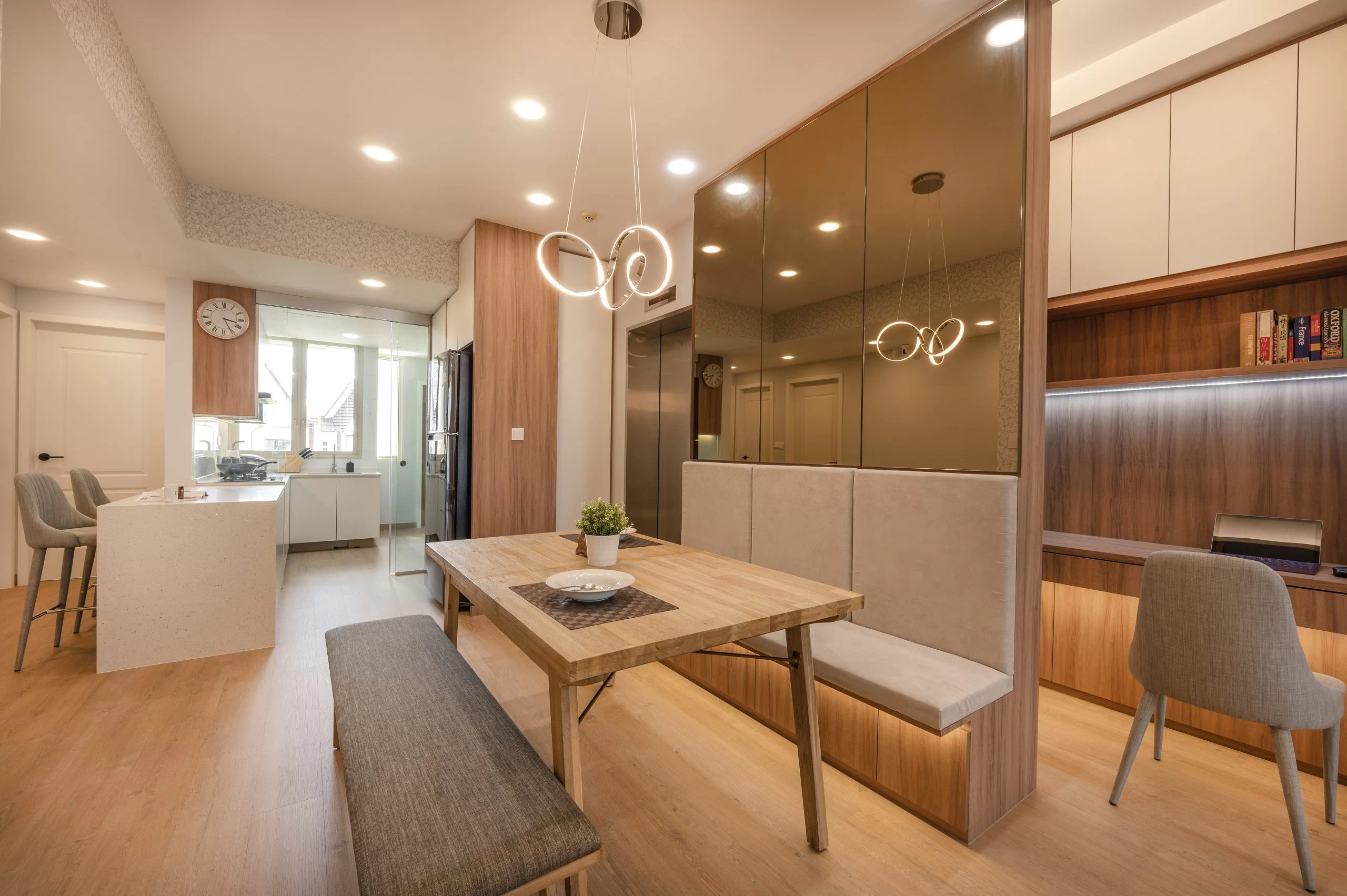Standing out and relating to your target audience in the very competitive interior design market of today depends on developing a strong brand identity. A well-crafted brand identity not only captures the core of your design philosophy but also emotionally connects with your customers, so they feel seen and understood, all through effective branding management.
Understand Your Core Values and Mission
Any great brand starts with precisely stating its main goals and basic principles. Your interior design company is what? Are sustainability, luxury, or simplicity your main interests? Your values should capture what motivates you as a designer and differentiate you from others working in the field. Developing a brand that really appeals to your audience is simpler if you know exactly what your goal is. This strategy helps to draw customers that align with your beliefs, so strengthening the personal and relevant impression of your brand.
Visual Identity: Crafting Your Aesthetic
Communication of the message of your brand depends much on your visual identity. From your logo to your website, every graphic component should mirror your design philosophy and style. If your designs are modern and elegant, for example, your visual identity should use simple lines and a limited color palette. Conversely, if your work favors more unique or vintage designs, your branding should use colors and patterns reminiscent of such types.

Develop a Unique Voice
The voice of your brand speaks to your audience. Adopting a tone consistent with your design philosophy and values is absolutely essential. Should your area of knowledge be high-end elegant interiors, your voice might be more polished, refined, and formal. Conversely, if your designs emphasize reasonably priced, family-friendly settings, a friendly, approachable, and relevant tone can be more fitting.
Create an Emotional Connection with Your Audience
Interior design is by nature personal. People seek designers not only for aesthetically pleasing solutions but also for environments that capture their way of life. Thus, an emotional connection must be developed by a strong brand identification. Show your audience your awareness of their needs, wants, and difficulties. Tell your story, present your work, and explain how your designs might change their life. Clients will more likely feel linked to your brand and, eventually, trust you with their design needs the more emotionally engaged you are.
Consistency Is Key
Consistency is absolutely essential for developing a strong brand identification. Every touchpoint—from your customer service to your marketing materials—should represent your brand values, visual identity, and voice. A consistent brand experience fosters confidence and facilitates audience memory and recognition of you. Whether a prospective client is reading a social media post or perusing your portfolio, consistency fosters dependability—qualities vital for turning prospects into devoted consumers.
In a highly competitive interior design industry, a strong and genuine brand identity, coupled with effective branding management, may differentiate you. If you know your underlying values, build a strong visual identity, discover a unique voice, emotionally connect with your customer base, and guarantee consistency across all touchpoints, your brand will be quite relevant to your consumers. Apart from designing for the suitable audience, a strong brand identity fosters lifelong relationships that support business success.






